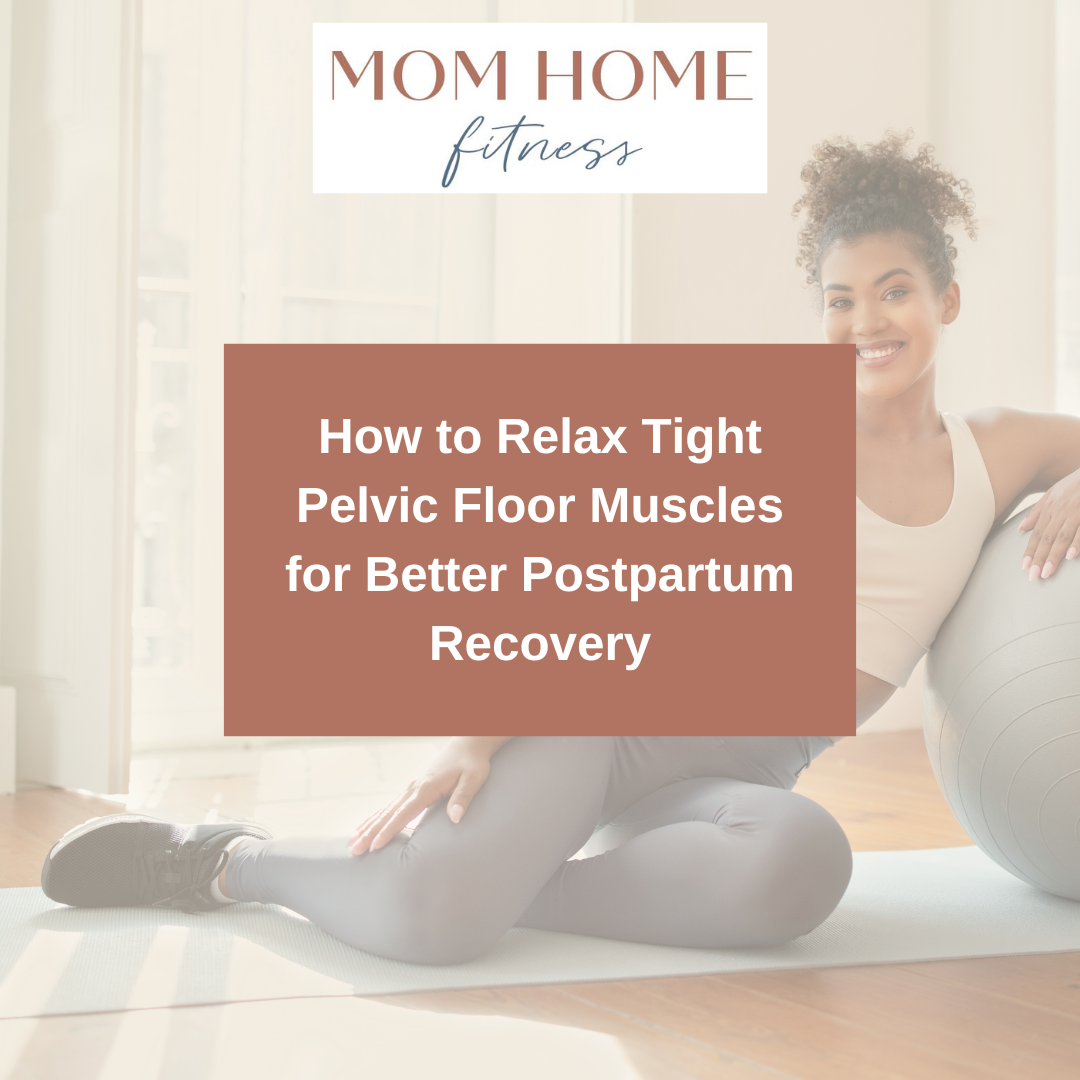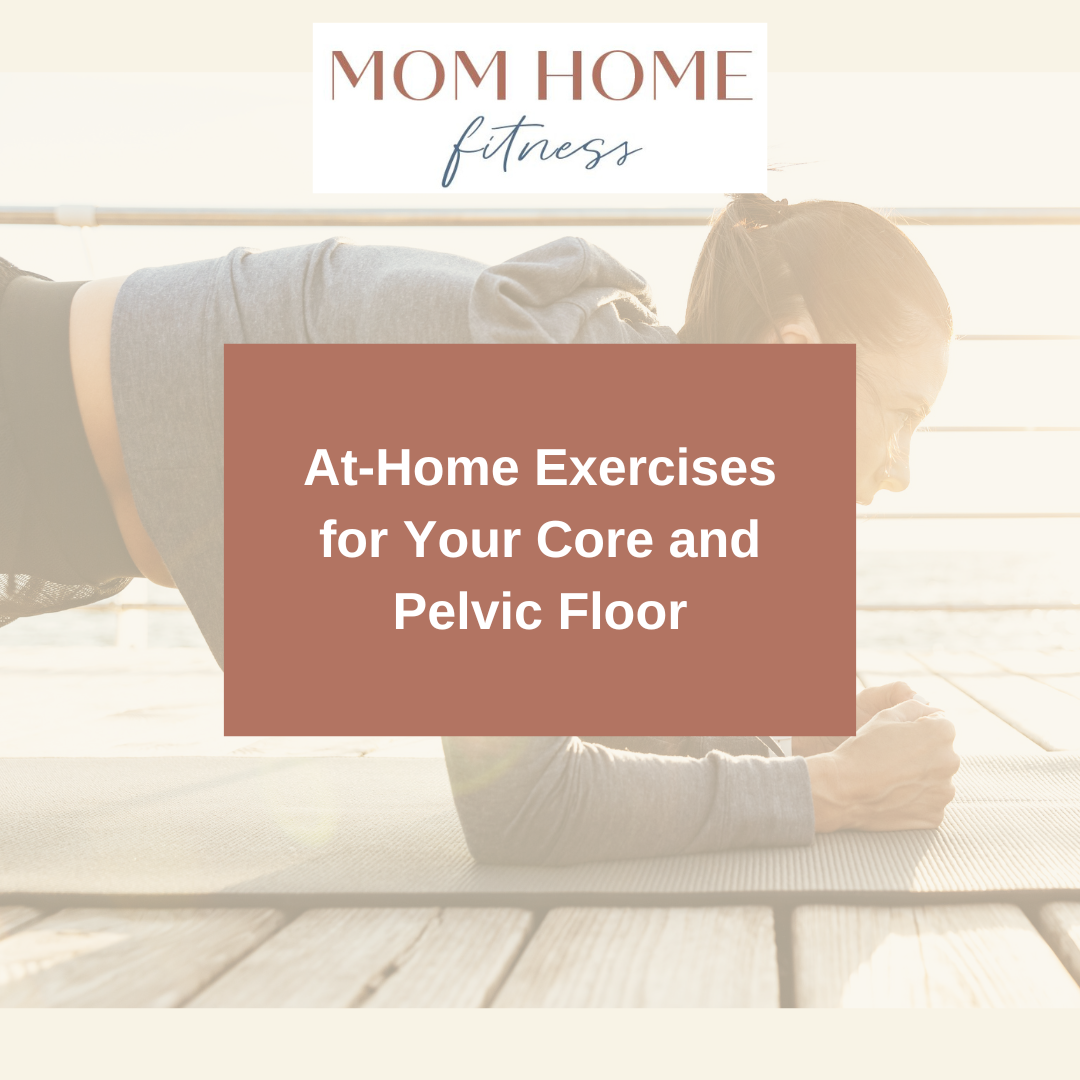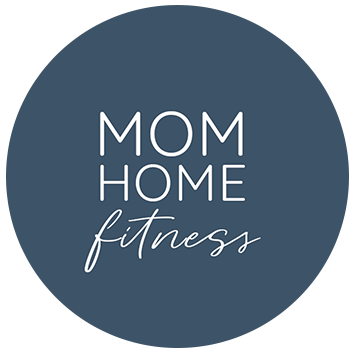

How to Relax Tight Pelvic Floor Muscles for Better Postpartum Recovery
When you relax a weak pelvic floor, you gain awareness of the muscles, making it easier to activate them during strengthening exercises. If your pelvic floor is overly tight, relaxation allows you to lengthen and release tension, so you can strengthen properly without over-tightening.

At-Home Exercises for Your Core and Pelvic Floor
In this blog, we'll discuss how breathing and posture are critical to postpartum recovery and outline five essential exercises that support healing and strengthen your core and pelvic floor.

Pelvic Floor Dysfunction and Bladder Incontinence: Causes Beyond Pregnancy
Whether pelvic floor issues are due to trauma, chronic illness, or environmental stress, tailored pelvic floor exercises, stress management, and inflammation reduction through lifestyle changes can help restore function. Understanding the root cause of the dysfunction allows for targeted treatment, improving bladder control and overall pelvic health.

Incontinence and Postpartum Depression: Understanding the Link
Incontinence is more than just a physical issue—it can have a profound impact on your mental health postpartum. Recognizing the possible connection between incontinence and mental health issues like postpartum depression and anxiety is the first step toward healing.

Top 5 Postpartum Exercises to Strengthen Your Pelvic Floor
Proper alignment of the pelvis and rib cage is so important for effective postpartum recovery and core/pelvic floor strengthening. This exercise improves pelvic floor function, supports proper posture and breathing, and is vital to be able to perform while doing any core exercises.

Pelvic Floor Muscles: Weak or Tight?
In our journey to understand pelvic floor dysfunction it is crucial to question preconceived notions and embrace a holistic perspective.

Restoring Balance: Correcting Core and Pelvic Floor Muscle Imbalances
As a postpartum corrective exercise personal trainer, I understand the unique challenges that come with rebuilding strength after childbirth. By incorporating targeted exercises and fostering a mind-body connection, you can effectively correct muscle imbalances in the core and pelvic floor.

Understanding Tight Hip Flexors: A Guide to Relief
The adjustments of good posture are vital in reducing the strain on the hip flexors, encouraging proper breathing patterns, relieving incontinence, healing prolapse, and helping to close or strengthen a diastasis recti.

Getting to the Core of Postpartum Fitness: Regain Bladder Control at Home
By paying attention to your posture, practicing proper breathing techniques, engaging in pelvic floor muscle training, and making positive habit changes, you can regain control of your bladder and improve your pelvic floor health.

Hypermobility and Pelvic Floor Health: A Simple Treatment Plan
In this blog post, we'll explore the connection between hypermobility and pelvic floor health, and present a straightforward treatment plan to help aid in the healing process.

Dynamic Neuromuscular Stabilization (DNS) and Postpartum Recovery
Postpartum recovery is a unique period that comes with a wide range of physical changes. DNS can be an effective tool in helping women journey through this phase, promoting recovery, and regaining their strength and functional movement.

Understanding Symphysis Pubis Dysfunction: Causes and Treatment
In this blog post, we'll delve into the causes of PSD, how it can affect you, and explore various treatment options to help you regain your strength and mobility.

The Hidden Power of Proper Tongue Placement
Proper tongue placement involves positioning the tongue firmly but gently along the entire upper palate, which is the roof of the mouth. This goes beyond the common notion of the tongue being behind the front teeth. When we achieve this optimal tongue posture, several remarkable benefits become apparent.

The Surprising Connection Between Your Pelvic Floor and Feet
Believe it or not, your posture and how you stand and walk can affect the health of your pelvic floor. When your feet are properly aligned, it promotes better posture, reducing the risk of pelvic floor dysfunction.

The Subtle Impact of Workout Clothing
One crucial aspect of postpartum fitness that often goes unnoticed is the choice of workout attire. In this blog post, I'll emphasize the importance of clothes with "give" and how overly tight sports bras and exercise pants can negatively impact breathing and overall physical and mental well-being during postpartum recovery.

Pelvic Floor Exercise: The Key to Foundational Strength
We have all heard of Kegel exercises, right? Practitioners, friends, and family members often advise us to do them after pregnancy. Don't get me wrong, Kegels have their time and place! However, perhaps you have also heard of Pelvic Floor Muscle Training? If not, and you're looking to stop embarrassing leaks when you cough, laugh, sneeze, or work out, read on to learn more about PFMT and how it differs from Kegels.
Ready to work with me?

